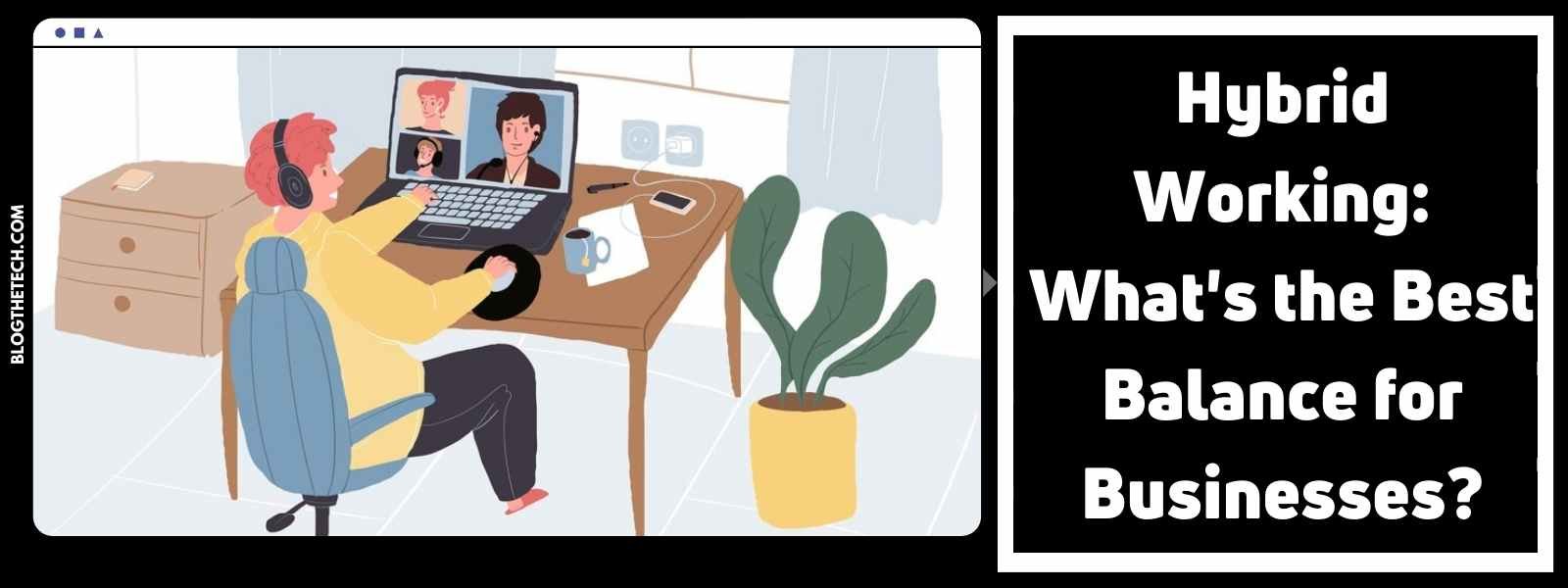Art education has always played a pivotal role in nurturing young minds, encouraging creativity, and fostering self-expression. Traditionally, art classes for children have focused on developing their manual skills and artistic sensibilities.
However, as we step into the digital age, the future of art education is undergoing a profound transformation, one that integrates artificial intelligence (AI) into kids’ art classes, providing them with opportunities to learn AI in addition to traditional artistic techniques. In this article, we will explore Integrating AI into Kids’ Art classes, the exciting potential of AI in revolutionizing art education for children, its benefits, challenges, and what the future might hold for this innovative fusion of technology and creativity.
The Evolution of Art Education
Art education has come a long way since its inception. Initially, it centered around teaching classical techniques, perspective, and the study of renowned artists. Over time, it has evolved to contain various artistic styles, mediums, and even digital art. This evolution has been driven by a need to adapt to changing technologies and contemporary art forms.
Now, as AI continues to advance, it is making its mark on art education. AI has the potential to enhance traditional art education methods by providing students with new tools, techniques, and experiences that were previously unimaginable. Let’s delve deeper into how AI is shaping the future of art education for kids.
The Role of AI in Kids’ Art Classes
1. Personalized Learning
One of the most significant advantages of integrating AI into kids’ art classes is personalized learning. AI can analyze a student’s strengths and weaknesses, adapt lessons accordingly, and provide individualized feedback. This ensures that each child can progress at their own pace, building confidence and competence in their artistic endeavors.
2. Creative Inspiration
AI-powered tools can provide children with a vast array of inspiration. They can analyze a student’s interests, favorite artists, and styles to suggest new techniques and subjects. This not only broadens their horizons but also keeps them engaged and excited about their art.
3. Skill Enhancement
AI can serve as a virtual art teacher, offering real-time guidance and tutorials on various techniques. Whether it’s teaching brush strokes, color theory, or composition, AI can help children develop their skills systematically, making art education more structured and effective.
4. Art Creation Assistance
AI can be a creative collaborator. Kids can use AI-powered software to generate ideas, experiment with different styles, and even receive suggestions for improving their artworks. This partnership between human creativity and AI can lead to novel and stunning artistic creations.
Benefits of AI in Kids’ Art Classes
1. Inclusivity
AI can make art education more inclusive by accommodating students with diverse learning needs. It can provide additional support for children with disabilities or those who struggle with traditional teaching methods.
2. Accessible Art Education
AI-powered art lessons can be accessible anytime and anywhere, breaking down geographical and logistical barriers. Children from all walks of life can benefit from high-quality art education, regardless of their location.
3. Enhanced Creativity
AI can inspire and encourage creativity by introducing students to new ideas, techniques, and art forms they may not have encountered otherwise. It can help them break free from creative ruts and explore uncharted artistic territories.
4. Objective Assessment
AI can provide objective assessments of students’ work, eliminating potential biases in grading. This ensures that children receive fair evaluations based on their artistic progress and skills.
Challenges and Concerns integration of AI into kids’ art classes
While the integration of AI into kids’ art classes holds immense promise, it is not without its challenges and concerns:
- Loss of Human Connection
Some argue that AI may diminish the human connection between students and their art teachers. The personal touch and mentorship that a human instructor provides cannot be fully replicated by AI.
- Privacy and Data Security
AI systems collect data to personalize learning experiences. Ensuring the privacy and security of children’s data is paramount to protect them from potential risks.
- Overreliance on Technology
There is a concern that students may become overly dependent on AI tools, potentially stifling their own creative problem-solving abilities and limiting their artistic exploration.
- Ethical Considerations
AI-generated art raises ethical questions regarding copyright, authorship, and originality. Educators and students need to navigate these issues thoughtfully.
The Future of Kids’ Art Education
The future of art education for children will likely see a harmonious coexistence of human instruction and AI integration. Human teachers will continue to provide essential mentorship, guidance, and emotional support, while AI will enhance and augment the learning experience.
Here’s what the future might hold:
- AI-Powered Art Studios: Schools and art centers may have dedicated AI-powered art studios where children can explore their creativity with cutting-edge technology.
- AI-Enhanced Art Exhibitions: Students’ artwork could be showcased in AI-curated exhibitions, providing them with exposure and recognition.
- AI-Driven Art Therapy: AI may play a role in art therapy, helping children express their emotions and cope with stress or trauma.
Conclusion
The integration of AI into kids’ art classes represents a significant leap forward in the evolution of art education. It offers personalized learning experiences, creative inspiration, and skill enhancement. However, it also raises important concerns about privacy, overreliance on technology, and ethical considerations.
Ultimately, the future of kids’ art education lies in finding a balance between the human touch and AI-driven innovation. By harnessing the power of AI while preserving the essence of human connection, we can provide children with a rich, diverse, and transformative art education that prepares them for a creative and dynamic future. The canvas of the future is vast and promising, and AI is just one of the many colors that will help children paint their dreams and aspirations.





